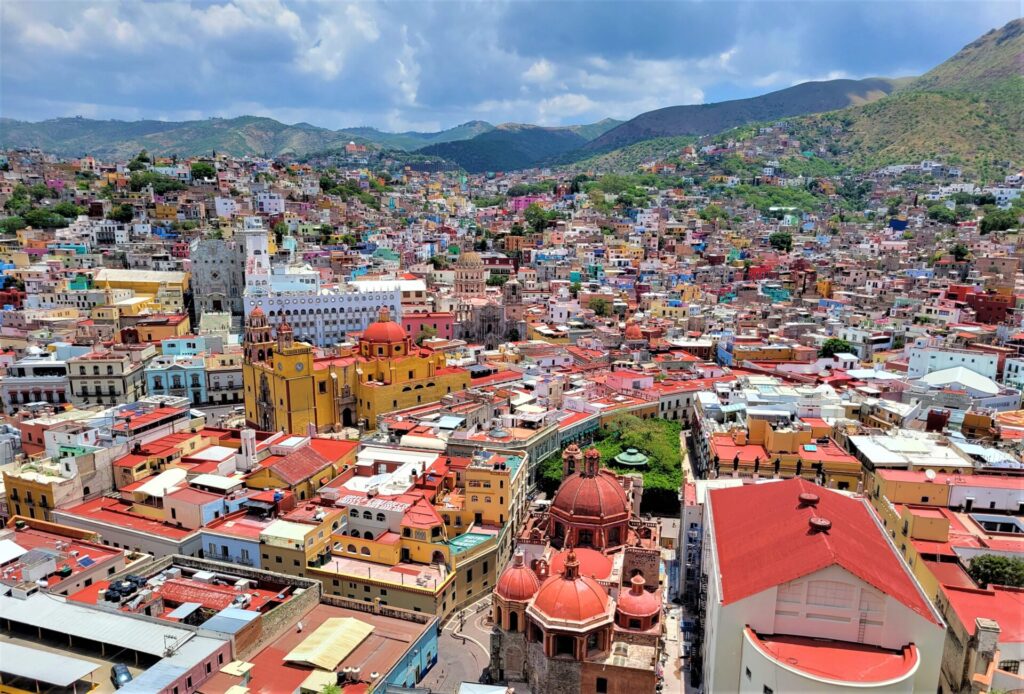
It’s hard to overstate just how fantastic Mexico City is. The enormous Mexican capital has so much to offer. There are enough things to see and do that even after staying 9 weeks, we still left without crossing everything off our list. It’s the largest city in North America, but it’s not a concrete jungle. Full of great parks, large trees, abundant museums, historic churches, and distinct neighborhoods, it’s easily one of the best cities we’ve visited. We both fell in love with Mexico City.









Feeling Social?